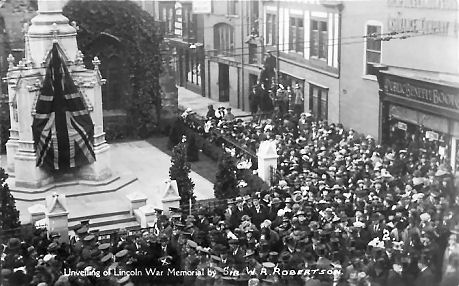Remembering Aloud by Jim Snee
 I have sat, alone and quiet, on edge of a Neolithic long barrow and thought about the people who built it. It is a kind of remembrance. No one knows their names, or if they were good or bad people. But they were my ancestors and I take a moment to remember them.
I have sat, alone and quiet, on edge of a Neolithic long barrow and thought about the people who built it. It is a kind of remembrance. No one knows their names, or if they were good or bad people. But they were my ancestors and I take a moment to remember them.
My career as an archaeologist has involved death from the very beginning, a sixteen year old boy looking at lines of skeletons in the mass graves of the black death. The experienced professional carefully and respectfully lifting the remains disturbed by engineering works so that they may have a proper reburial. And the older and wiser man gazing in awe and sadness of an Iron Age warrior buried with his sword by his side. Remembrance can be a cocktail of powerful emotions.
Modern remembrance seems very organised in comparison, something separate from life to be jealously guarded, like the stone and bronze monuments upon which it is focussed. But it was not always so.
The first monuments of the first world war were not for the dead, but for the living. Street shrines were constructed to house the names of those who were away and in danger. Beginning as simply names written on a piece of paper and pinned onto a board, they were soon embellished with gifts of crosses, flowers and flags until they became large elaborate structures. In truth they formed the focus of an outpouring of community spirit.
Those in positions of authority, however, were not pleased. The government that had decided not to return the bodies of those slain home because it would be bad for morale, equally felt that posting the names of those fighting and killed would be unhealthy for the public psyche and even lead to defeatism. The church was equally disapproving and calls were made for these “ritualistic” shrines to be desecrated by the faithful. Fortunately only a few zealots heeded these calls and desecration of street shrines is rare.
When the war ended, the government began setting up its own war memorials in the form of decommissioned tanks, and captured artillery. This followed a tradition started by the Romans. In ancient times they would set up a display of captured banners, weapons, shields and armour as a symbol of victory. They called this ‘tropaeum’, from which we get the word ‘trophy’ and it would be sponsored by provincial governors and generals who wanted the people to vote for them. In the 20th century, however, with various peace movements growing across the country, the presentation tanks and other pieces of ironmongery proved unpopular and by 1930 most had been sold as scrap.
The stone and bronze monuments that we see today often date to the early 1920s. Government, both local and national, sought to distance itself from the years of suffering, while still responding to the outpouring of grief that the country witnessed. With new monuments came a new narrative, a counterpoint to the message of the peace movement. The community shrines and roles of honour that named all who served were swept away and replaced by statues and pillars adorned with the sword of victory and the wreath of triumph. The names put on display were hailed as the glorious dead.
Once more those who had served and died had become lost in a battle that others planned and directed.
Lost, but not forgotten. There is another kind of shrine to the fallen of our forefathers. It may be biscuit tin, or an old shoe box, but somewhere in possession of each family it will be there. In it will be a few old medals, maybe some postcards or letters. Buttons, badges and photographs are also found within. Sacred, guarded and safe.
In my life I have had the privilege of attending remembrance services both large and small and listened to the silence of many people deep in emotional thought.
But the privilege that comes back to me week in and week out comes from those moments when people have brought their family shrine out for viewing, so that granddad or great grandad can be named and talked about, and questions asked of the strange objects from that almost otherworldly war of long ago that we know so little about and yet feel so deeply.
Real, human, history. Remembered aloud.
